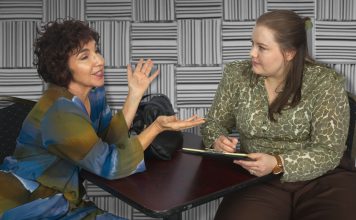Gilroy High School officials are considering installing
artificial turf and an all -weather track at Mustang Stadium for an
eye-popping $1 million. When dollars are scarce and likely to
become scarcer, floating a proposal sporting a price tag with all
those commas and zeroes takes some guts.
Gilroy High School officials are considering installing artificial turf and an all -weather track at Mustang Stadium for an eye-popping $1 million. When dollars are scarce and likely to become scarcer, floating a proposal sporting a price tag with all those commas and zeroes takes some guts.
Proponents argue that artificial turf will save the district maintenance costs because it doesn’t need to be watered, weeded, mowed or de-gophered. They predict artificial turf will boost usage of Mustang Stadium, because it isn’t damaged by heavy use like sod is.
They promise that Mustang Stadium will be able to host regional events and will even serve as the stadium for Gilroy’s second high school in a few years.
Others point to the wide gap between the cost estimates – resodding the field would likely cost around $80,000 – and don’t see enough maintenance savings and increased revenue to justify the difference.
We don’t doubt that Mustang Stadium is due for a new football field and track. The field is in sorry shape after heavy usage and the track hasn’t been resurfaced in two decades.
But we understand the reluctance of some to spend seven figures on a project that might be done with five.
So, we suggest that Gilroy Unified School District officials approach the dilemma as a business would: By performing a return on investment study. The ROI would look at the initial cost of each proposal, estimate their maintenance costs over the next 20 years, and estimate the revenue available under each option.
The ROI should be completed and communicated to the public in a variety of ways. It should be accompanied by a report on ancillary issues: Can artificial turf be restriped as easily and cheaply as sod so Mustang Stadium can be used by athletes in other sports, such as field hockey? Does play on artificial turf differ too dramatically from sod? Is it as safe? Will artificial turf positively or negatively impact existing and possible joint-use agreements with bodies such as the City of Gilroy and Gavilan Community College?
Maybe paying $1 million for artificial turf and an all-weather track is a smart decision.
If it is, the onus is on GUSD to provide the public with enough information so that the case for spending those hard-earned taxpayer dollars is compelling.










